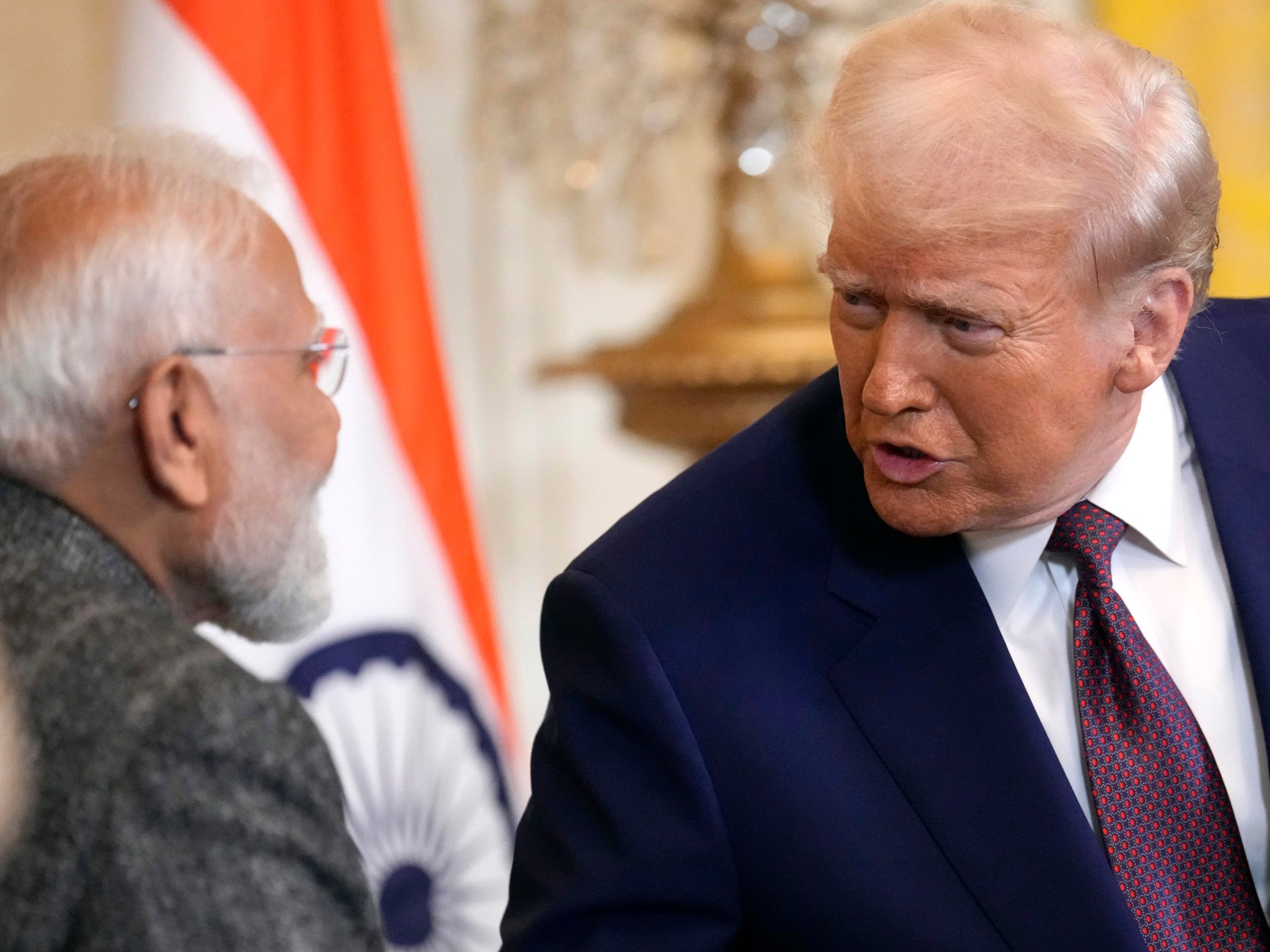One thing is certain: US President Donald Trump is more interested in onshoring than friend-shoring, according to experts, even as the US imposes a 50% tariff on India, which is the highest rate among all nations so far.
The US added an additional 25% tariff on India’s import of Russian oil on Wednesday, bringing the total to 50%. Given that New Delhi was one of the first to begin trade negotiations with Washington, DC, and that Trump and Indian Prime Minister Narendra Modi have frequently compared themselves as friends in public appearances. Only India and Brazil are the other nations that are subject to such high tariffs.
The Asia Pacific Foundation of Canada’s vice president of strategy and research, Vina Nadjibulla, described the trade negotiations as a surprise.
India joins a small group of nations without a deal and with the highest tariff rates because of this, which is undoubtedly the worst in their relationship in many, many years. They now require a logical next step and a method for restoring trust, according to Nadjibulla.
There have been a number of events over the past few weeks that have suggested there may be differences between the two nations, despite the shock of the proposed three-week tariffs.
Trump reportedly expressed his frustration over a deadlock in trade talks and called both nations “dead economies” just last week when he threatened to punish New Delhi for buying Russian oil and arms.
Negotiations are in a bind
India and the US exchanged about $ 212 billion in bilateral trade last year, with a trade gap of about $ 46 billion in India’s favor. Modi has stated in the past that he intends to increase trade between the two nations by $500 billion over the next five years.
New Delhi said it would increase purchases of defense and energy as part of the tariff negotiations and that it would remove levies from US industrial goods. Despite being subjected to intense home pressure from the auto lobby, it also offered to lower car taxes.
However, it refused to impose duties on farm and dairy products, which are politically sensitive industries that employ hundreds of millions of predominately poor Indians, in a manner similar to that of some other nations like Canada.
According to Farwa Aamer, director of South Asia Initiatives at the Asia Society Policy Institute in New York, there are geopolitical layers to what was supposed to be a trade conversation.
The difference in perceptions about how the most recent conflict between India and archrival Pakistan ended in May was a very public one. Trump has repeatedly alleged that he orchestrated a ceasefire. India has asserted repeatedly that Modi and Trump never spoke during the conflict and that Trump had no say in negotiating a truce.
Aamer, a Pakistani company, has stated it will nominate Trump for the Nobel Peace Prize and has so far departed from agreements with the US to explore its critical minerals and oil reserves as its efforts to reestablish ties with the US play out, according to Aamer.
New Delhi is now trying to navigate a difficult road because of all of this. Aamer argued that this will put India’s foreign policy on the test, and that the question is whether or not the US will continue to support its long-standing ties with Russia, which has long been its defense and trade partner.
New Delhi criticized Wednesday’s tariff as “unfair, unjustified, and unreasonable” and claimed that the country’s 1.4 billion-person population needs to be served by its imports of Russian oil in order to meet its goal of ensuring its energy needs.
Beyond that, Aamer claimed, “India doesn’t want to look weak.” Modi and India both have global standing, so it must be strong in this regard. It will continue to advocate for its foreign policy as being driven by its own national security.
Robert Rogowsky, a professor of international trade at Monterey’s Middlebury Institute of International Studies, predicted “very creative diplomacy” in the “near term” as India and the US attempt to rekindle relations despite tensions.
He told Al Jazeera, “Strong-arming individuals like Modi will unavoidably cause shifts and counter-shifts.”
adding instability
India can concentrate on bolstering its bilateral trade agreements, including those that it signed with the United Kingdom last month and those that are currently being worked out with the European Union, according to Aamer.
In response to the recent months when Trump took office and hit allies with tariffs, India is also attempting to stabilise relations with China. At the end of the month, Modi intends to attend the Shanghai Cooperation Organization summit. Since the two nations met in the Galwan River valley in 2020, he would make his first trip to China.
The US’s trade blow comes at a time when businesses have been attempting to establish themselves as a hub for manufacturing and as a choice for businesses looking to expand outside of China.
Apple, for instance, announced in April that all iPhones intended for sale in the US would be assembled in India by the following year. A country with a 50% tariff on its products is not attractive to business, according to Nadjibulla, and this only “adds to the instability and uncertainty that businesses were already feeling” due to all the Trump tariffs.
Source: Aljazeera

Leave a Reply